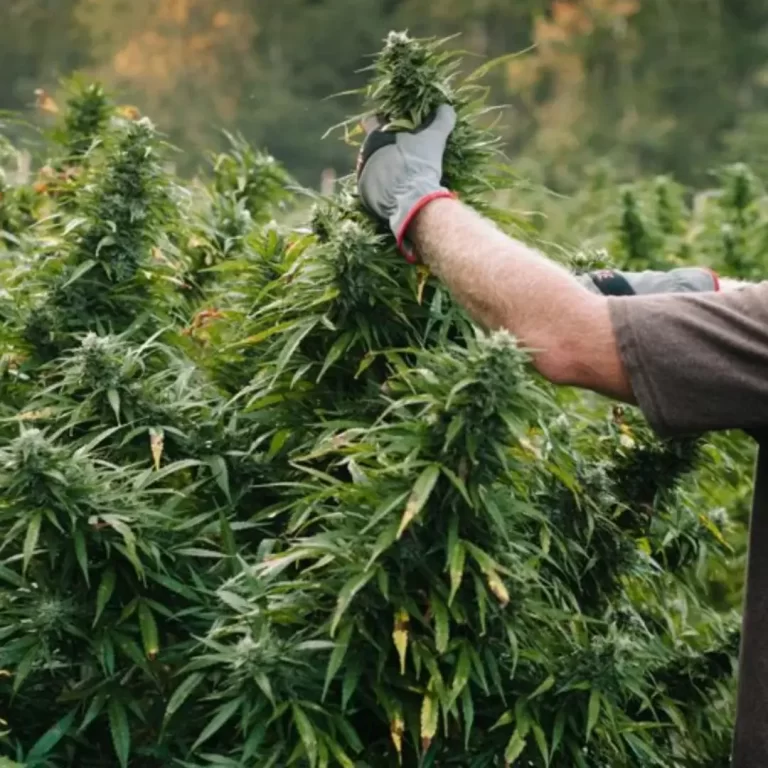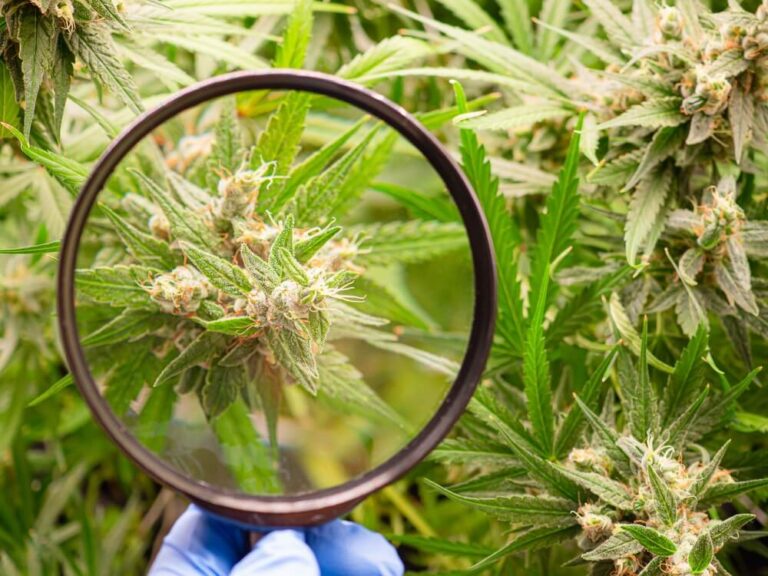
Ohio Readies Vote on Legalizing Recreational Cannabis
- Cannabis News
- Cannabutter Digest
Voters in Ohio are on the cusp of deciding some significant issues in the state. Come November, voters must make monumental decisions about cannabis reform and women’s reproductive rights. With two hot-button topics on the ballot, this November’s election promises to draw many Ohio voters to the polls. How could legalizing recreational cannabis impact the state, and when could the new laws take effect?
It’s time for Ohio voters and those in other states watching the outcome of this election to understand what’s at stake.
What Is Issue 2?
Issue 2 is on the Ohio ballot this November thanks to the continued efforts of a group called the Coalition to Regulate Marijuana Like Alcohol. The proposal seeks to legalize the consumption and possession of cannabis for adults over the age of 21. Individuals could legally possess up to 2 ½ ounces of cannabis and up to 15 grams of cannabis extract. The measure would also allow adults to grow six cannabis plants at home or up to 12 plants if at least two adults over 21 live at the residence.
In addition to legalizing cannabis possession and recreational consumption, the proposal would also allow the government to place a ten percent tax on cannabis sales. That tax would be in addition to existing state and local sales taxes. Revenue generated from the sale of recreational cannabis would help fund public safety, road improvements, and drug treatment and prevention programs, especially in areas “disproportionally impacted by Ohio’s prohibition on marijuana,” according to the petition.
Legalizing recreational cannabis via Issue 2 would establish the Division of Marijuana Control within the Ohio Department of Commerce. The newly formed organization would oversee licensing and regulation operations in the state, including setting rules to implement the new law and ensuring the quality of testing laboratories.
Issue 2 would also place strict regulations on cannabis retailers and businesses in Ohio. The measure also has provisions allowing the Division of Marijuana Control to strip businesses of their license if they sell cannabis to anyone under 21. Cannabis retailers would also be prohibited from establishing shops and testing facilities within 500 feet of schools, parks, and public playgrounds. Municipalities could also approve local ordinances prohibiting new cannabis cultivators and dispensaries from setting up shops in their communities.
What You Need to Know About Passing Issue 2
The prospect of Issue 2 passing in Ohio excites many cannabis enthusiasts. However, legalizing recreational cannabis in Ohio comes with some caveats. Although recreational cannabis would become legal if Issue 2 passes in November, the statute does not prevent employers from enforcing their existing drug policies. For example, even though consuming recreational cannabis would be legal in the state, employers could still fire employees or dismiss applicants for failing a drug test.
Those who rent may also be in for a rude awakening. Issue 2 allows adults to grow up to six plants at home. However, landlords can prohibit tenants from growing marijuana at their properties. That means if you rent, you must review your lease carefully.
True to its name, the measure proposed by the Coalition to Regulate Marijuana Like Alcohol means that, like alcohol, you cannot consume marijuana in public or vehicles. Ohio’s intoxicated driving laws would also apply to those caught driving while impaired by marijuana.
Arguments For and Against Legalizing Cannabis in Ohio
Recent polling indicates a majority of Ohio voters are in favor of legalizing recreational marijuana in the state. One poll conducted by Suffolk University and USA Today shows that at least 59 percent of likely voters support recreational marijuana. Those who want to see Issue 2 pass say that the tax revenue generated from the sale of recreational marijuana could help spur growth and development in Ohio, leading to safer roads and better drug treatment programs. Some estimates suggest recreational marijuana sales could net the state between $276 million and $403 million in new tax revenue about five years after legalization.
Another potential benefit to legalizing recreational marijuana is helping to curb black market drugs and encouraging individuals to buy from safe and reputable retailers and producers. Government oversight can help ensure that those looking for recreational cannabis have access to safe and effective products free from other drugs and dangerous contaminants.
Many activists also believe that legalizing marijuana helps reverse decades of failed drug policy laws that disproportionally affect people of color. Ending harsh penalties for minor drug crimes frees law enforcement, making them better able to tackle violent and unsolved crimes.
However, those against legalizing marijuana are just as vocal as those favoring cannabis reform. Conservative Ohio lawmakers against cannabis reform have fought hard to prevent the measure from making it into the hands of Ohio voters. One group of conservative lawmakers drafted an official argument against the measure, saying in part, “It legalizes an addiction-for-profit industry at the expense of our families and poses substantial risks to the public health and safety of all Ohioans, especially children and adolescents, given marijuana’s high potential for abuse.” The lawmakers say that if Issue 2 passes, Ohio communities would be “overrun” with marijuana like California and Colorado.
What Happens Next?
If Issue 2 passes this November, the law will take effect 30 days after the election. If Issue 2 fails, lawmakers favoring cannabis reform could attempt to pass legislation during the next legislative session. However, previous attempts to move recreational marijuana legislation through the Ohio legislature have failed.
Turnout for the upcoming election is expected to be high this year. Issue 1, an abortion rights amendment that would enshrine women’s reproductive rights into the Ohio Constitution, faced a tough battle against conservative lawmakers to end up on the November ballot. That, combined with Issue 2, which would legalize recreational marijuana, are turning into hot-button topics expected to draw potentially record voter turnout for an off-election year. Early, in-person voting begins on October 11th. Polls open on election day, November 7th, at 6:30 a.m. and close at 7:30 p.m. Your nearest polling location can be found on the Ohio Secretary of State’s website.
Stay current on this story and the results of the November election at Cannabutter Digest. We have the latest cannabis-related news, recipes, and product reviews.






